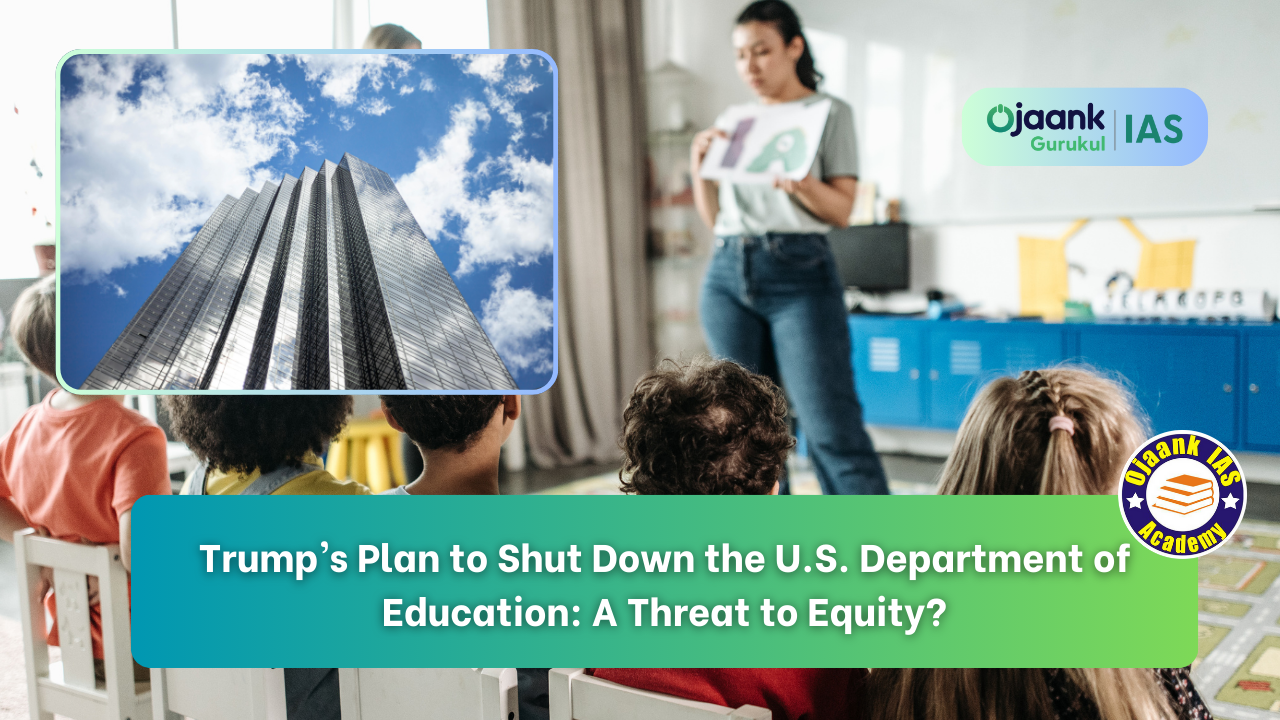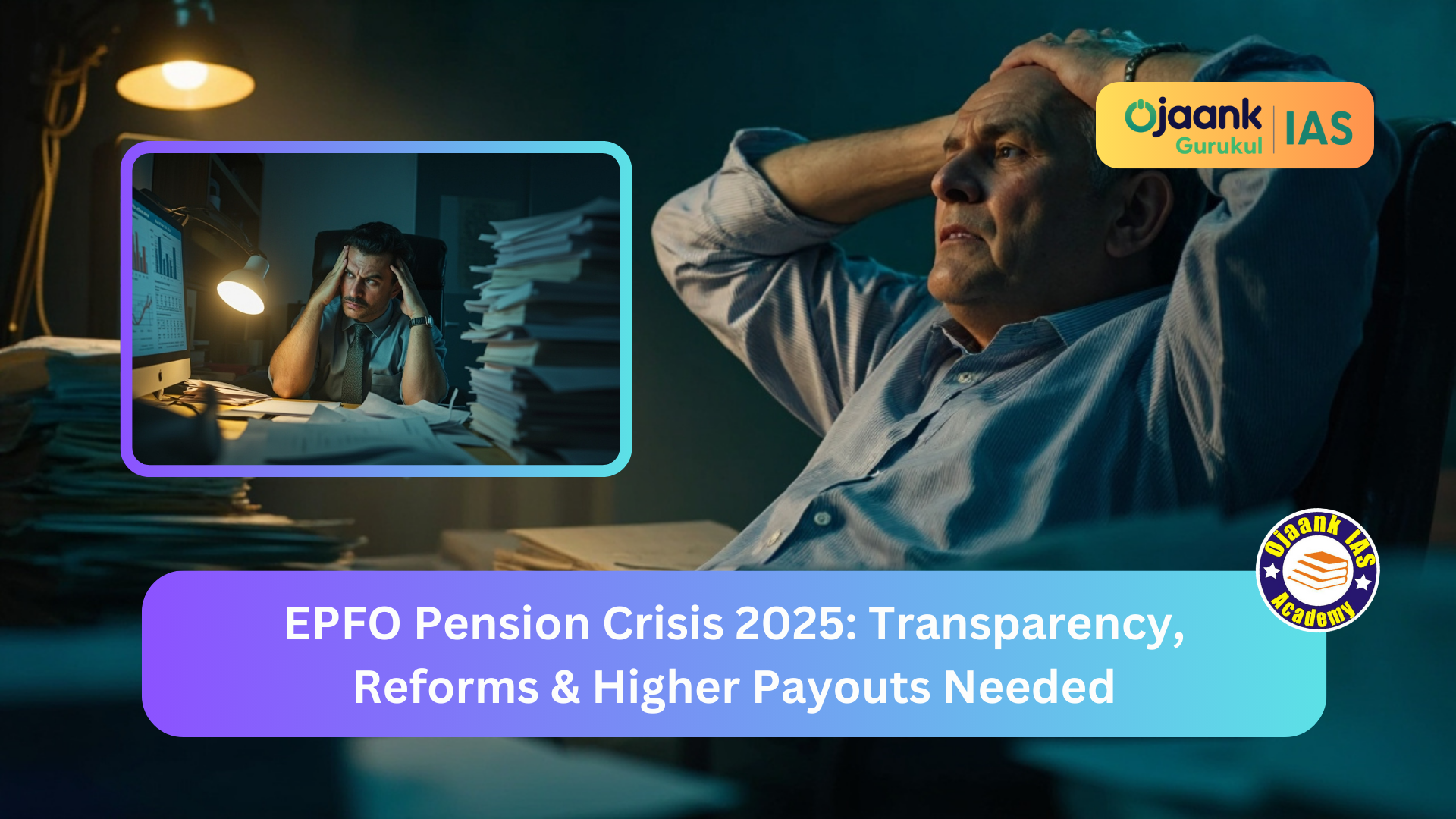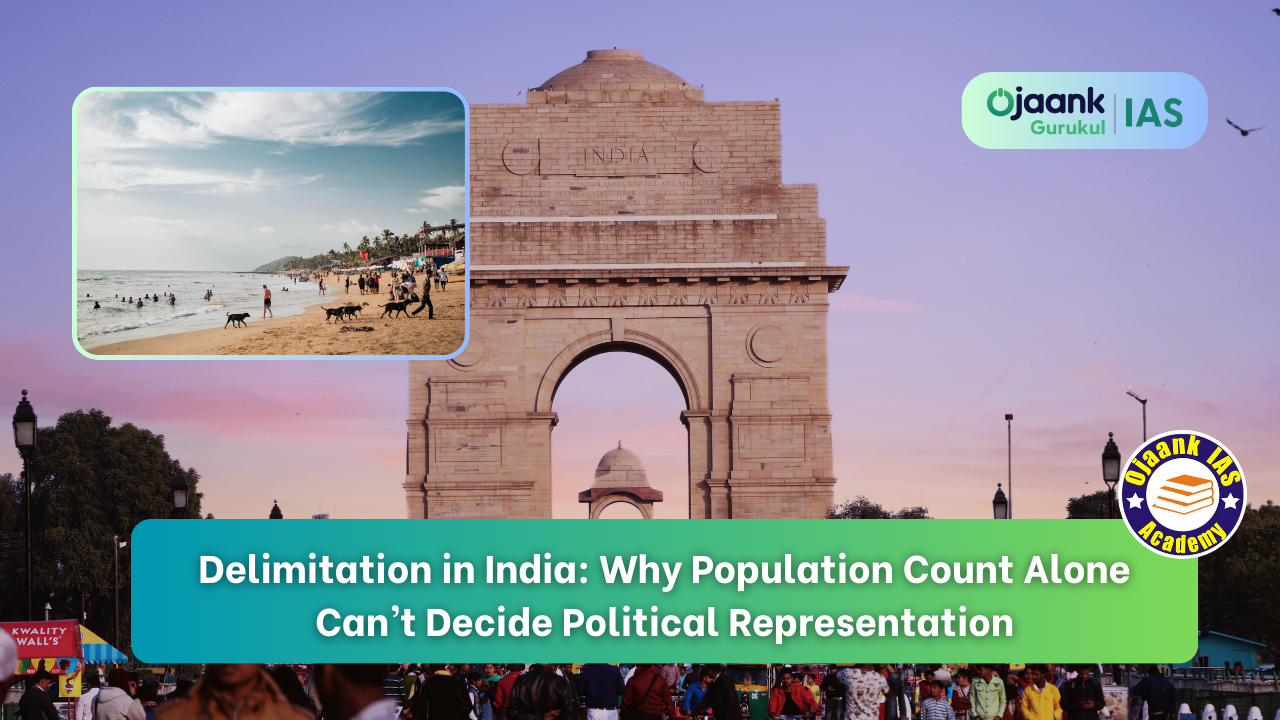Trump’s Plan to Shut Down the U.S. Department of Education: A Threat to Equity?

 Outline
Outline
-
Introduction
-
The Role of the Department of Education
-
Trump’s Executive Order Explained
-
The False ROI Argument in Public Welfare
-
History of Conservative Opposition to the DoE
-
The Elon Musk-Driven Bureaucratic Shake-up
-
Why Dismantling Isn’t the Same as Reform
-
Legal Challenges and Political Hurdles
-
Who Stands to Lose the Most?
-
Conclusion: A Lifeline on the Line
-
FAQs
 Blog Content
Blog Content
1. Introduction
In a bold and controversial move, former U.S. President Donald Trump signed an executive order aiming to eliminate the Department of Education (DoE). This isn’t just another headline — it’s a potentially devastating blow to the foundation of public education and equity in America.
2. The Role of the Department of Education
Established in 1979, the DoE is more than just a federal agency — it is a vital instrument in promoting equal access to education. While public K-12 education is mostly state-run, the DoE provides:
-
Federal student loans and grants
-
Support for low-income and disabled students
-
Oversight of civil rights and anti-discrimination in schools
It ensures a minimum standard of fairness and support, especially for disadvantaged communities.
3. Trump’s Executive Order Explained
Trump's executive order seeks to “begin eliminating” the Department of Education, claiming it has failed to deliver results despite $3 trillion in spending. According to White House Press Secretary Karoline Leavitt, falling test scores justify its dismantling. But this argument oversimplifies a deeply complex system.
4. The False ROI Argument in Public Welfare
The administration’s stance focuses on a so-called Return on Investment (ROI) — a concept more relevant to Wall Street than classrooms. Public education isn’t about profits; it’s about empowerment, equality, and social mobility.
Asking what taxpayers have “gained” financially from education dehumanizes its purpose and shifts focus away from outcomes like critical thinking, literacy, and civic engagement.
5. History of Conservative Opposition to the DoE
Since the Reagan era, conservatives have dreamed of dismantling the Department of Education. To them, it's a symbol of federal overreach. But no president has come as close as Trump to turning that idea into reality.
6. The Elon Musk-Driven Bureaucratic Shake-up
Under the so-called Department of Government Efficiency, led by Elon Musk, the DoE’s workforce was reportedly cut nearly in half. Employees were let go with little notice, reflecting a tech-style disruption strategy in a space that demands careful policy handling, not corporate-style cost-cutting.
7. Why Dismantling Isn’t the Same as Reform
Critics rightly argue: if the system is broken, fix it — don’t destroy it. Educational reform should be about:
-
Modernizing curriculum
-
Reducing achievement gaps
-
Increasing teacher support
-
Expanding access to technology
Eliminating the DoE won't solve student underperformance. In fact, it may exacerbate inequality by removing the only federal check on state-level disparities.
8. Legal Challenges and Political Hurdles
The executive order cannot take full effect without Congressional approval, which remains uncertain. Meanwhile, civil rights groups and education advocates have already filed lawsuits, calling the order legally questionable and morally indefensible.
9. Who Stands to Lose the Most?
If Trump’s order is executed, here’s who suffers:
-
Low-income families depending on federal aid
-
Students with disabilities losing specialized resources
-
College students relying on Pell Grants and federal loans
-
Minorities and marginalized communities who benefit from Title IX protections
In short: those who rely on the system the most will be hit the hardest.
10. Conclusion: A Lifeline on the Line
Education is the great equalizer. The Department of Education, though imperfect, represents a commitment to equal opportunity. Shutting it down is not bold leadership — it's irresponsible governance. Reform is necessary, but dismantling the very structure that holds the system together is a recipe for disaster.
11. FAQs
Q: Why does Trump want to shut down the Department of Education?
He claims it's ineffective and a waste of taxpayer money due to poor student performance.
Q: What does the DoE actually do?
It manages student financial aid, enforces civil rights in education, and supports underprivileged students.
Q: Can Trump actually eliminate the DoE?
Not without Congressional approval. Legal and political challenges make it difficult.
Q: Who benefits from the Department of Education?
Primarily disadvantaged groups — low-income students, students with disabilities, and minority communities.
Blog Collection
Copyright 2022 power by Ojaank Ias





